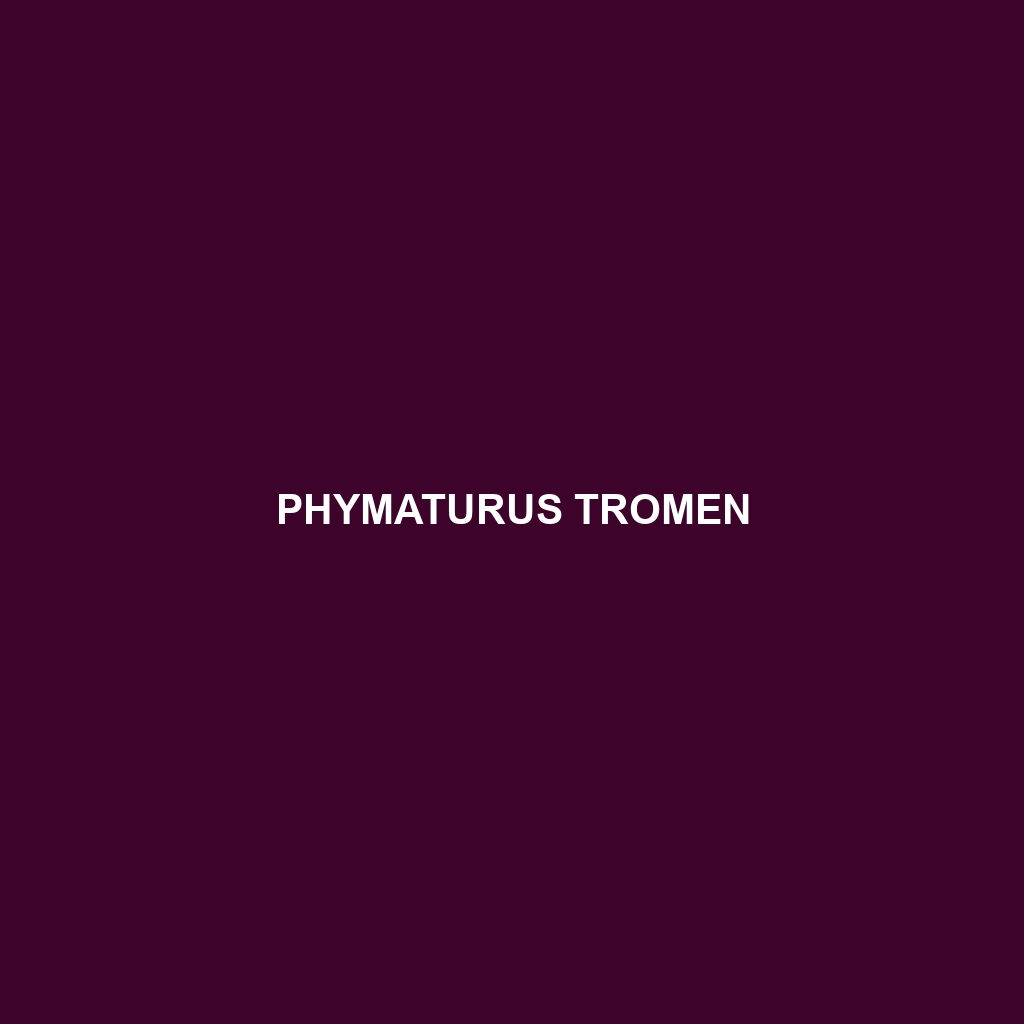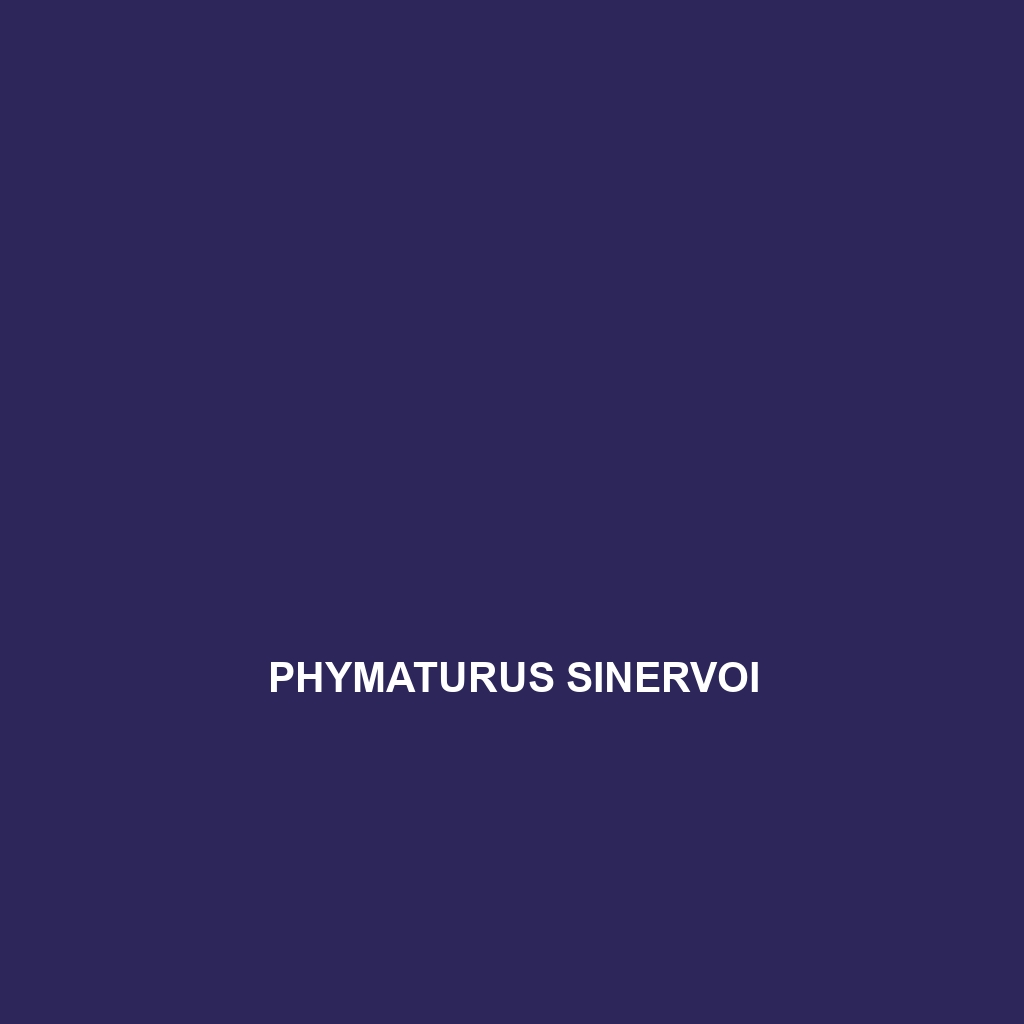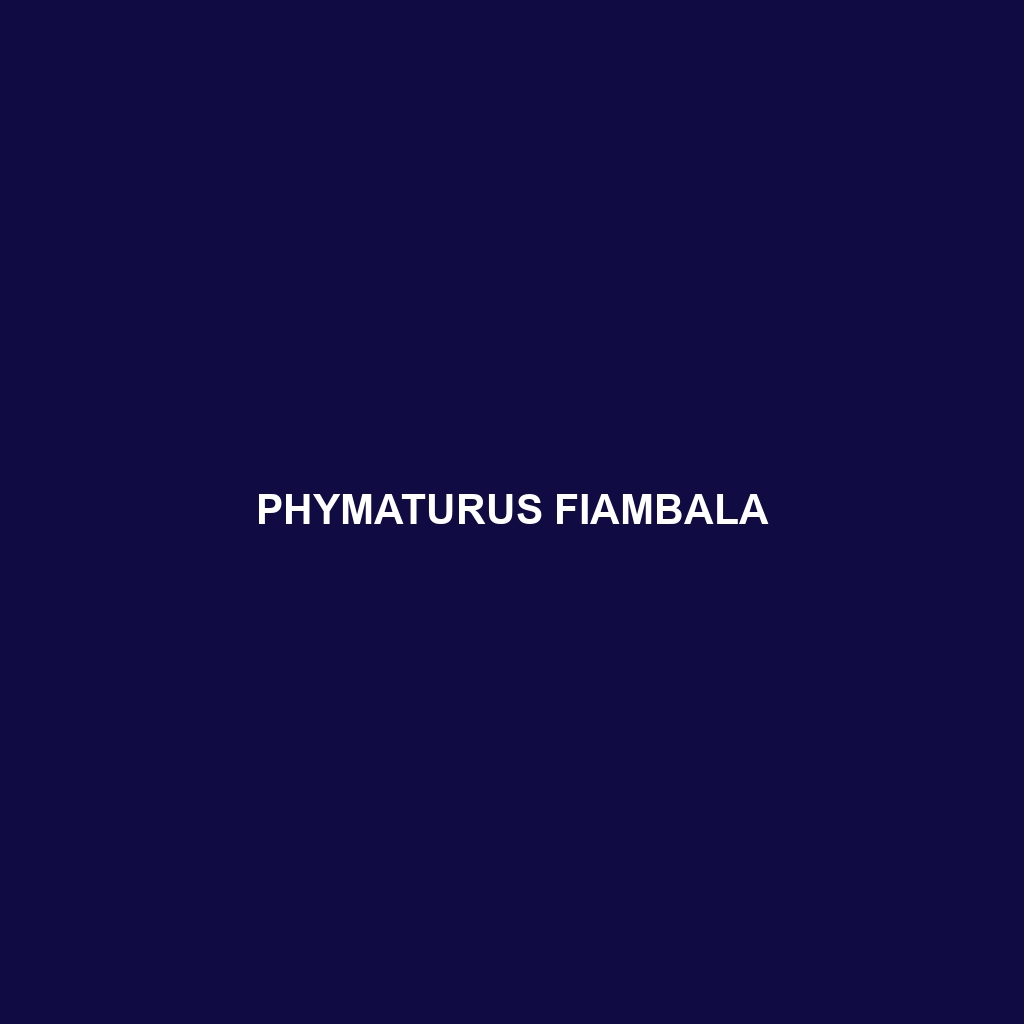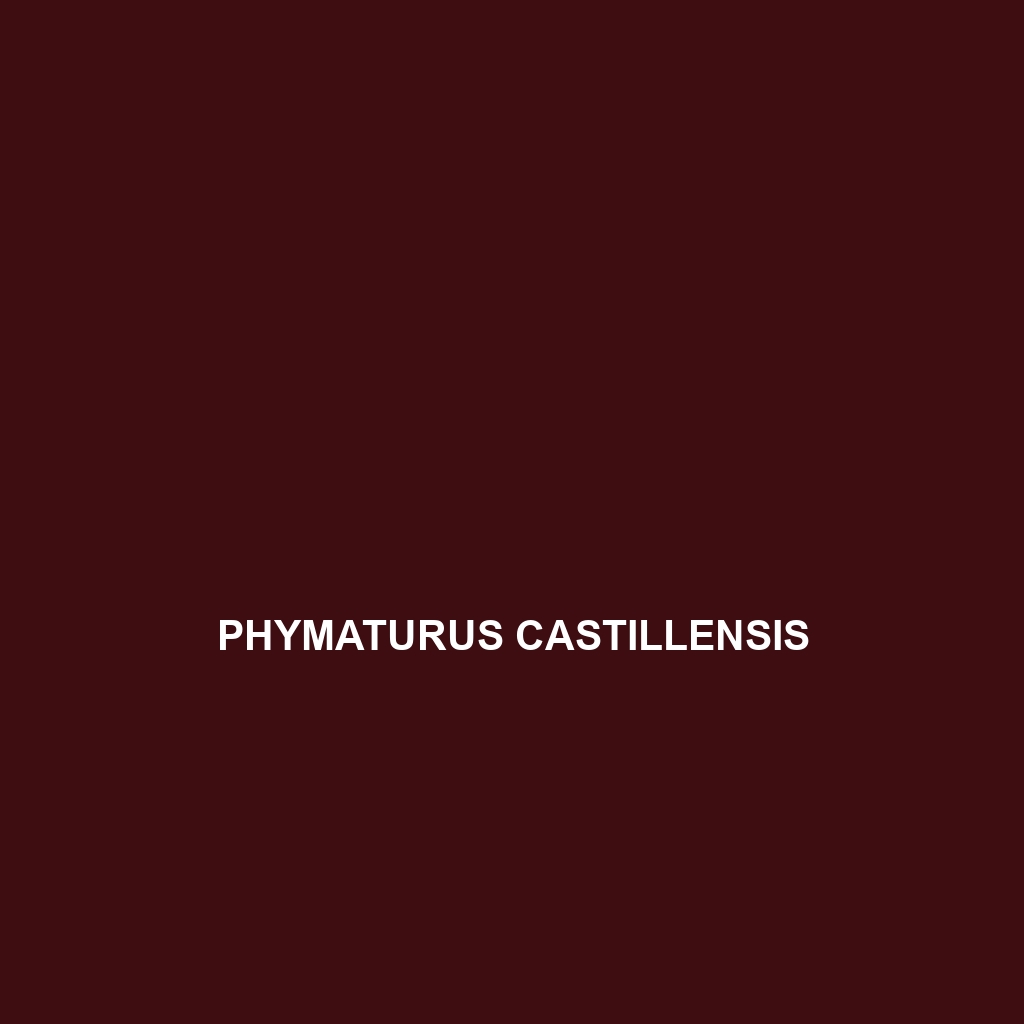<b>Pristidactylus alvaroi</b> is a medium-sized lizard native to temperate regions of southern Chile and Argentina, characterized by its elongated body, adaptive coloration, and diurnal behavior. This omnivorous species plays a vital role in its ecosystem by regulating insect populations and contributing to the food web, while also showcasing unique behaviors such as territorial displays and a fascinating mating dance.
Tag: Argentine reptiles
Pristidactylus alvaroi
<b>Pristidactylus alvaroi</b> is a medium-sized lizard native to temperate regions of southern Chile and Argentina, characterized by its elongated body, adaptive coloration, and diurnal behavior. This omnivorous species plays a vital role in its ecosystem by regulating insect populations and contributing to the food web, while also showcasing unique behaviors such as territorial displays and a fascinating mating dance.
Phymaturus tromen
<b>Phymaturus tromen</b>, known as the Tromen lizard, is a Vulnerable species native to the temperate forests and rocky shrublands of Patagonia, Argentina. This robust lizard, measuring 15-25 cm in length, features olive green to brown dorsal coloration for excellent camouflage and plays a vital ecological role by controlling insect populations and providing prey for larger predators.
Phymaturus sinervoi
<p><b>Phymaturus sinervoi</b>, also known as the Sinervoi Lizard, is a fascinating species native to the temperate forests and scrublands of Argentina, characterized by its robust body, earthy coloration, and unique burrowing behaviors. This vulnerable lizard plays a critical role in its ecosystem as an insectivore, contributing to insect population control and soil aeration while thriving in rocky, arid habitats.</p>
Phymaturus fiambala
Discover the Phymaturus fiambala, a unique lizard from Argentina's Fiambalá Valley, known for its robust body, distinctive gray to brown coloration, and diurnal behavior. This omnivorous species thrives in rocky habitats and plays a crucial role in its ecosystem, contributing to seed dispersal and pest regulation while currently facing vulnerabilities due to habitat destruction.
Phymaturus desuetus
Discover the captivating <b>Phymaturus desuetus</b>, a resilient lizard from the temperate forests and coastal scrub of Argentina, known for its robust body, distinctive spiny scales, and diverse diet. Vulnerable due to habitat loss, this fascinating species plays a crucial role in maintaining ecological balance by regulating insect populations and serving as prey for larger predators.
Phymaturus ceii
The Phymaturus ceii, a medium-sized lizard native to the rocky, arid regions of Argentina's Patagonian steppe, showcases a robust body and remarkable camouflage, thriving as an insectivore in its semi-arid habitat while playing a crucial role in the local ecosystem. Currently classified as vulnerable, conservation efforts are essential to protect this unique species from habitat loss and fragmentation.
Phymaturus camilae
Discover the unique Phymaturus camilae, a robust lizard from Argentina's Andes, measuring 20-25 cm and characterized by its distinctive coloration and spikes. This diurnal omnivore thrives in rocky, arid environments, playing a vital role in its ecosystem by controlling insect populations and contributing to plant diversity.
Phymaturus aguanegra
<b>Phymaturus aguanegra</b>, a medium-sized lizard native to the temperate forests and rocky outcrops of Patagonia, showcases a robust body with deep gray or black coloration, aiding its camouflage in harsh, arid climates. This insectivorous species is primarily diurnal, exhibiting distinctive territorial behaviors during mating season, while facing threats from habitat loss, leading to its vulnerable conservation status.
Liolaemus yauri
Discover the vibrant Liolaemus yauri, a medium-sized lizard native to the Andean region, characterized by its striking colors and adaptability to diverse habitats, including temperate forests and grasslands. This insectivorous species plays a vital role in its ecosystem by maintaining insect populations and serving as prey for larger predators.









